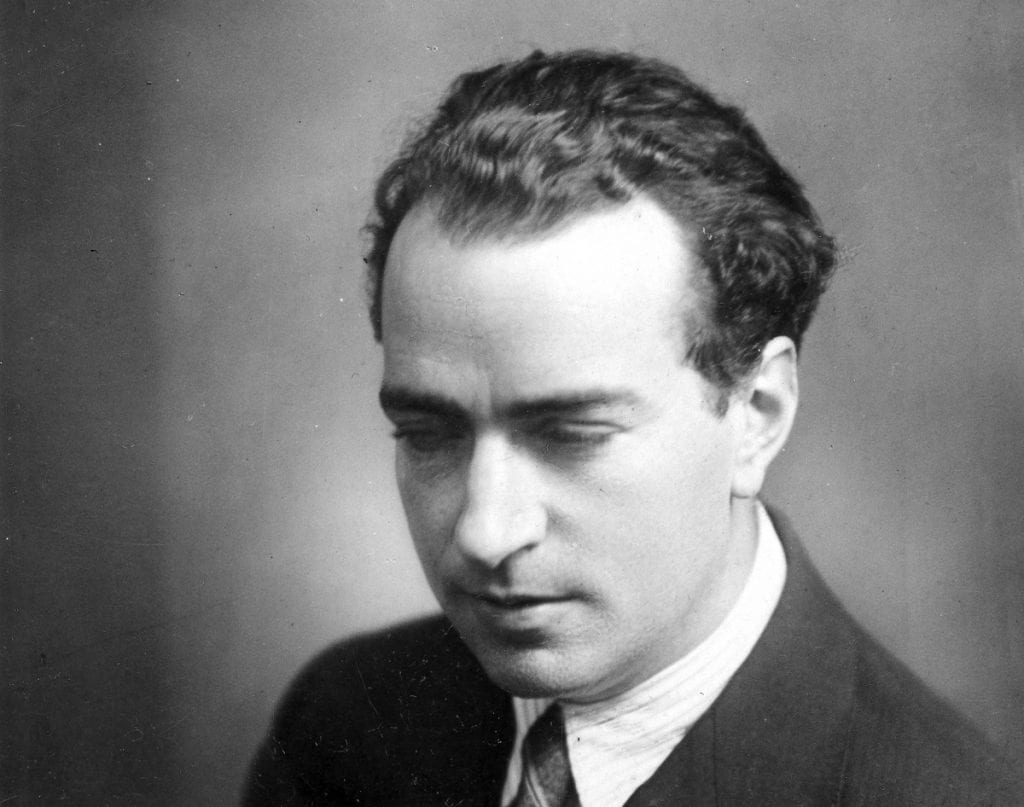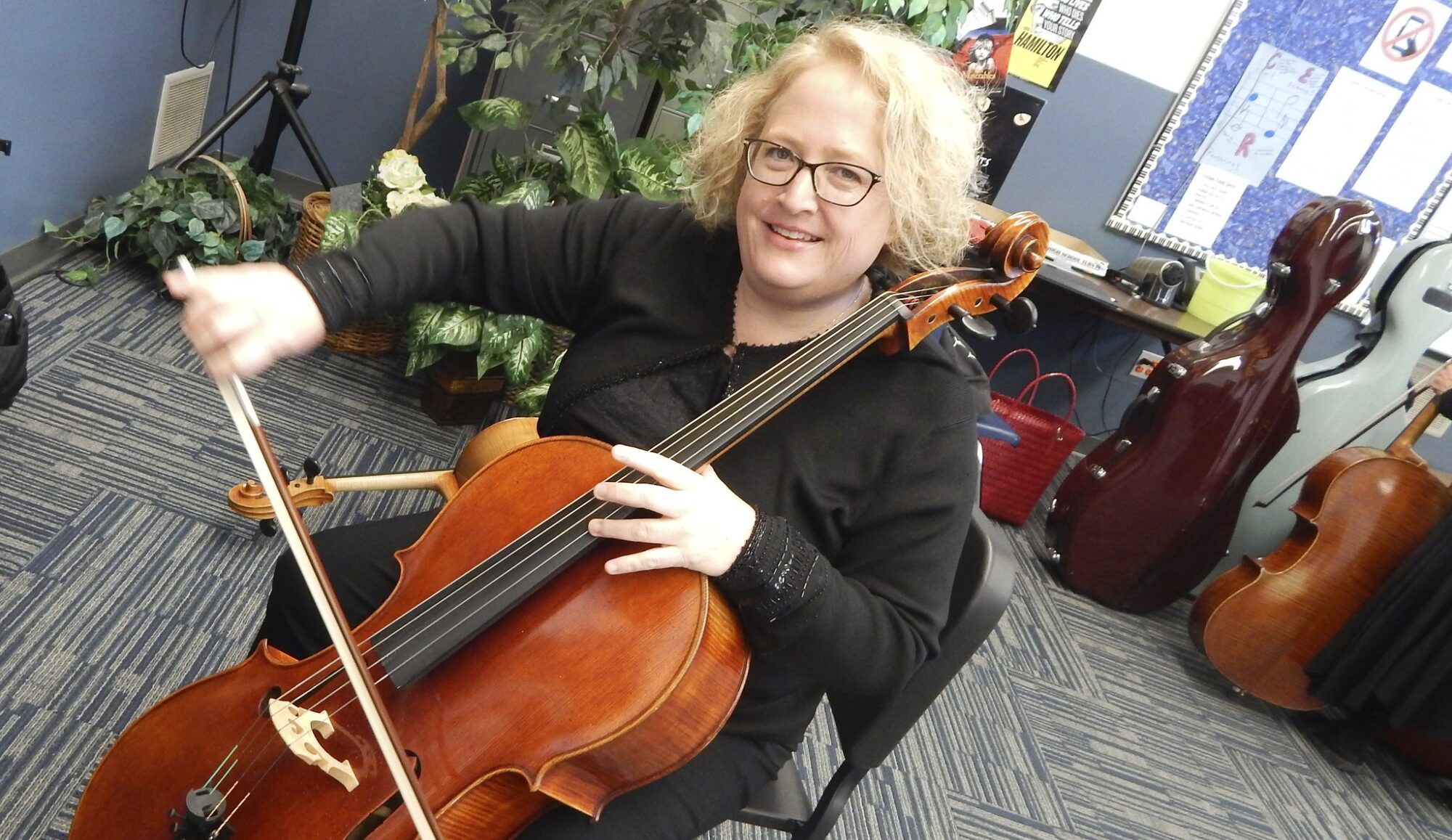
(Fantasia for a Gentleman)
Joaquin Rodrigo is the most popular Spanish composer of the 20th century. Although he wrote music for many different instruments and ensembles, he is best remembered for his pieces for the guitar.
At age three, he completely lost his eyesight after contracting diptheria. His blindness did not diminish his musical abilities. He began to study piano and violin at age eight, and harmony and composition at age sixteen. He was accepted into the Conservatoire de Paris where he was a pupil of Paul Dukas.
Rodrigo’s own compositions were written in Braille, then transcribed into standard musical notation for publication. His most famous works, both for Spanish guitar and orchestra, are “Concierto de Aranjuez” and “Fantasia para un Gentilhombre.”
Rodrigo composed “Fantasia for a Gentleman” in 1954 at the request of guitar virtuoso Andres Segovia. It is in four movements based on short dance melodies from a 17th century instructional guitar manual by Spanish composer Gaspar Sanz. Many believe that the “gentleman” referred to in the title is Sanz. But Rodrigo probably intended this concerto to honor Segovia, the guitarist.
This piece was premiered on March 5th, 1958, in San Fransisco, with Segovia as the soloist.
The first movement is made up of two sections — a slow melodic villano followed by a ricecare, a repetitious two-measure fugue. Movement two has a lyrical Spanish theme, an espanoleta, which is contrasted with a middle section, “Fanfare de la Cabelleria de Napoles” (Fanfare for the Cavalry of Naples), punctuated with a rapid drum beat and a flourish by the trumpet and flute. The next section, movement three, is the “Danza de las Hachas” (Dance of the Axes), with an energetic beat supported with an orchestral crescendo. This leads to the exciting final movenemt. The Fantasia concludes with a canario, a lively folk dance that originated in the Canary Islands. Although the Canary Islands were named after the wild dogs (Canis) that roamed there, Rodrigo uses imitations of bird calls to highlight the final movement.
